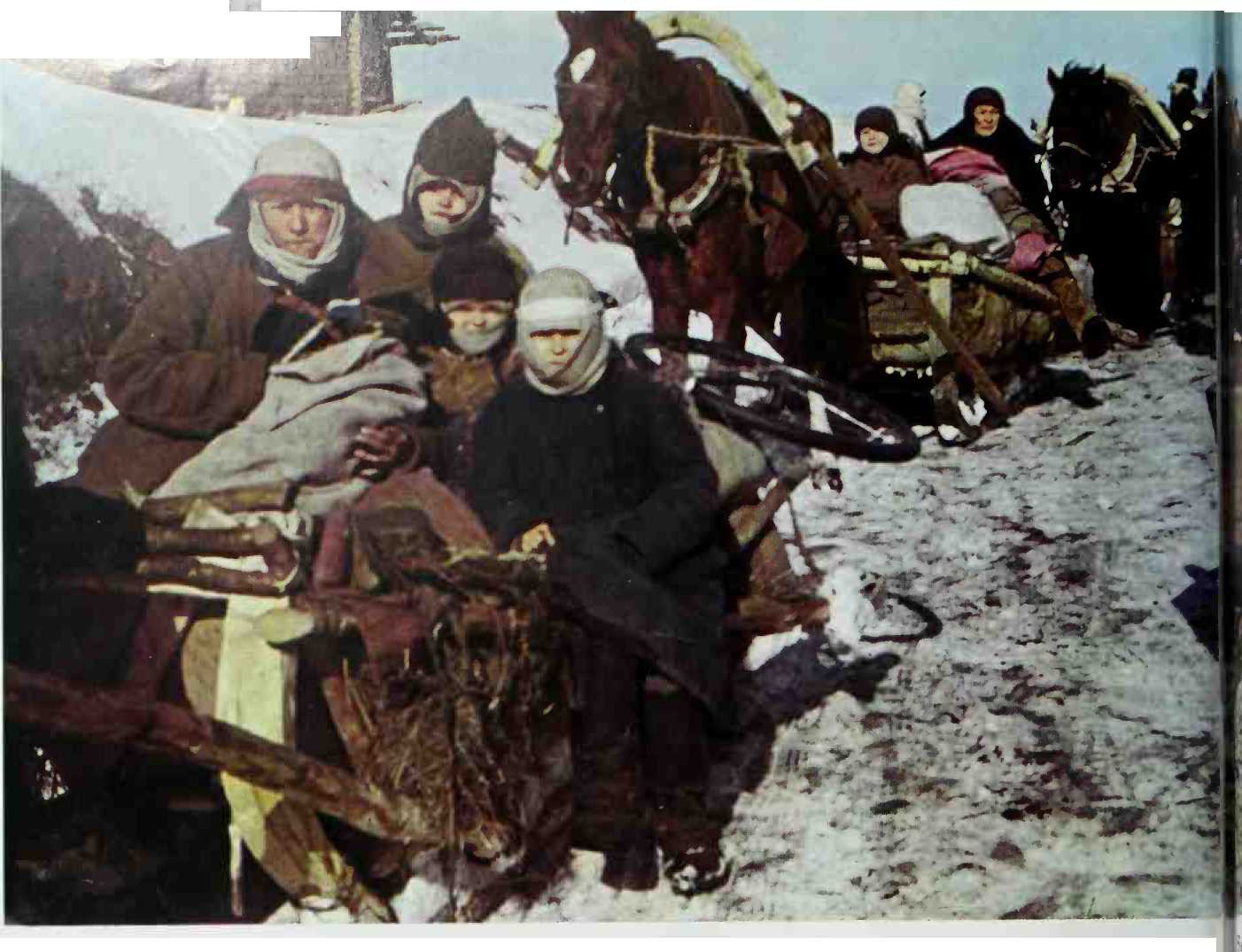Hitler was determined to defend the Kanev salient at all costs, as he considered it the base for launching an offensive which would force the Russians to cross back over the Dniepr in the region of Kiev. Hence orders were given to Stemmermann to hold his positions and to establish himself so as to be able to repulse any attacks from the south; to General 0. Wohler, commanding the 8th Army, to hurl his XLVII Panzer Corps, reinforced to a strength of five Panzer divisions, at the eastern face of the pocket; and to General H. V. Hube, to drive his III Panzer Corps, comprising four Panzer divisions (among them the 1st S. S. Panzer Division "Leibstandarte Adolf Hitler”) at the western face of the pocket.
Such a plan, involving the concentration of nine Panzer divisions against
The Kanev pocket, was nevertheless doomed to failure within the time limit imposed by the defenders’ capacity to hold out, though an airlift was being organised to keep them in supplies. Moreover, most of the Panzer divisions designated by Hitler were already engaged elsewhere, and hence it was a case of relieving them, pulling them out of line, and moving them to their jump-off

A Not all the Russians welcomed the Red Army as liberators, however, and many, particularly from the western regions, fell back with the retreating Germans.
Solidated to such an extent that III Panzer Corps only managed to reach the area of Lysyanka, eight miles from the lines held by the besieged forces.
Points. Furthermore, they were far short of complement; in particular their grenadier regiments were reduced to only several hundred rifles, and there were grounds for feeling some apprehension that they lacked the resilience necessary for a rapid thrust. Yet in counter-attacks speed is all.
Indeed, on February 2, XLVII and III Panzer Corps still had only four Panzer divisions and, what is more, one of them was immediately withdrawn from General N. von Vormann’s XLVII Panzer Corps hy special order of the Fiihrer, on receipt of the news that units of the 3rd Ukrainian Front were advancing on Apostolovo, which lies half-way between Nikopol’ and Krivoy-Rog. The following night, the rasputitsa arrived, covering the western Ukraine with the sea of mud described above. Now the unseasonable weather worked to the advantage of the Russians, delaying their enemy’s movements still further.




 World History
World History









